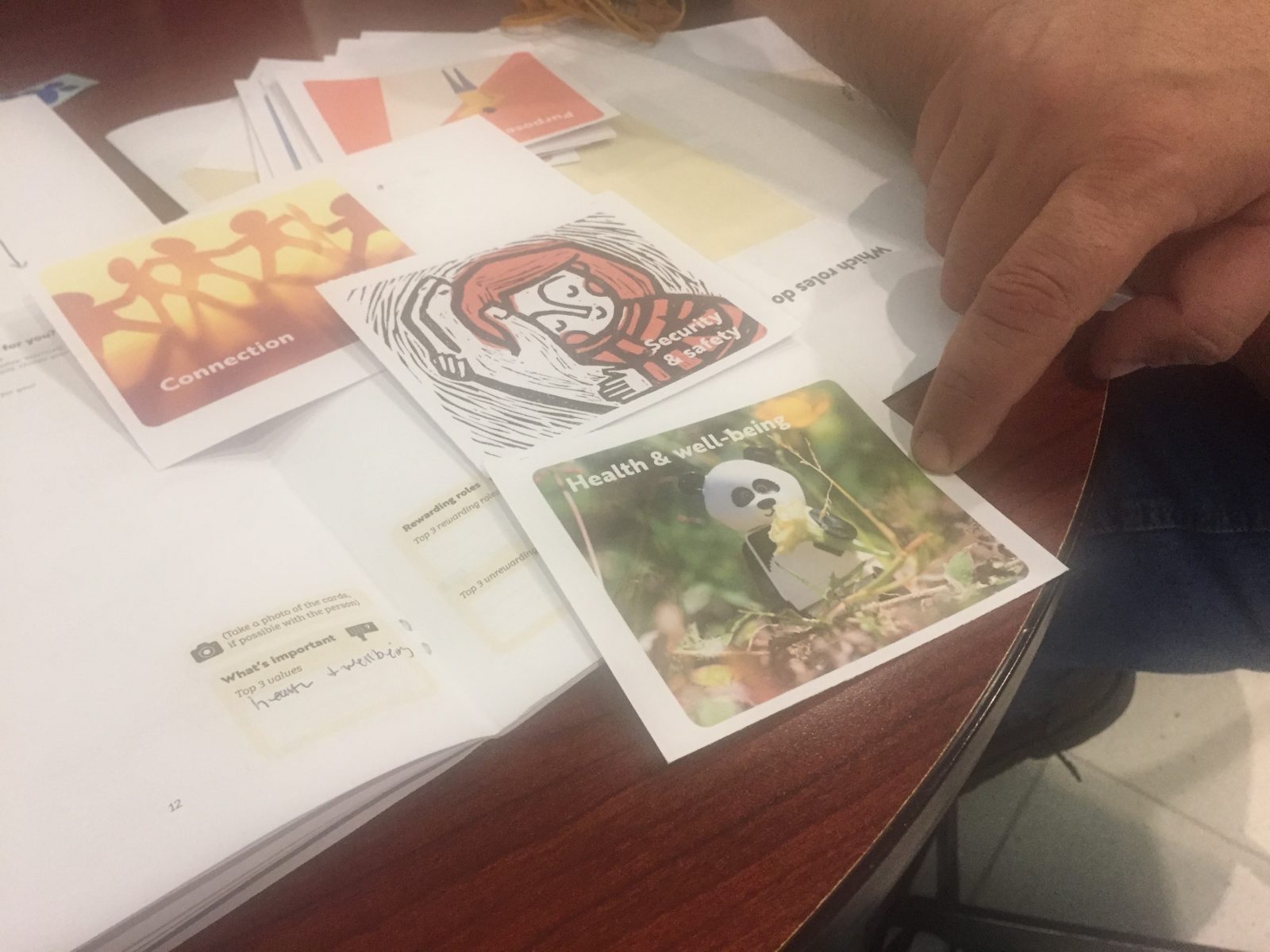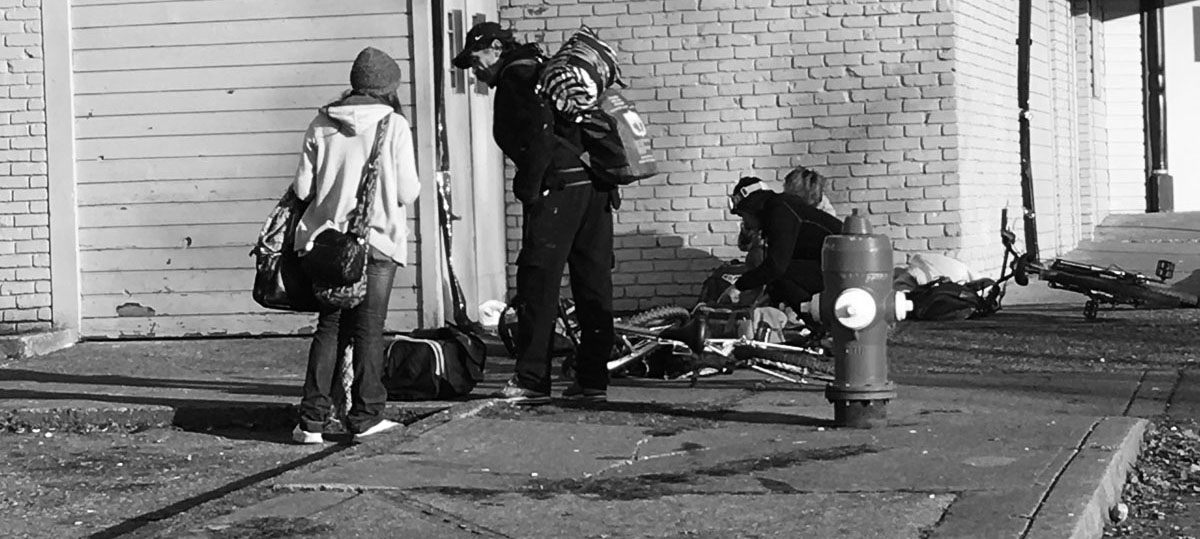Far from a fresh start, 2018 ushered in worsening health, deteriorating relationships, and growing hopelessness. 2018 will also usher in a national Social Innovation and Social Finance Strategy. How do we re-imagine the social sector with the urgency and the humanity that the addiction crisis demands? Melvin, Sandra and Willard are three of the human faces of addiction. The numbers are abysmal: 1422 overdose deaths in BC last year (by comparison, 1850 people across all of Canada died in traffic accidents in 2015). Donald Macpherson, director of the Canadian Drug Policy Coalition, put it best, “If we had another public policy that failed as dramatically as our drug policy over the past few years, we’d say this is a catastrophic failure.”
But, it’s not only our drug policy that has failed. Our social service system has proven woefully inadequate too. Social services are not nimble enough to respond to emerging needs. Drug dealers and predators are constantly adapting to shifting market dynamics. They are available night and day, offering a product that is an immediate antidote to people’s pain. The frontline workers we interviewed cannot keep up.
Their offer is both less immediate, and less powerful. More program dollars can add beds to shelters and meals to soup kitchens, but they cannot address the structural weaknesses of the social safety net. They cannot address the prescriptive funding flows, contract deliverables and accountability metrics that keep social service provision static and transactional.

Melvin doesn’t want a bed. He prefers to maintain a modicum of control by sleeping rough. Instead, what he wants is a sense of meaning and worth. Challenge is, the rise of two big social ideas – Harm Reduction and Housing First – has left little space for alternative conceptions of human need. We are told that what people need, more than anything else, is a place to live and a chance to survive. So we measure how many people are in the housing pipeline, and how many safe injection kits are distributed. What we do not ask, let alone measure, is what people are living and surviving for.
Redrawing boundaries and unlocking new kinds of value for people is what social innovation can and should be about. To do that, we must rebuild the structural foundations of the social services sector. Later this month, the federally appointed Social Innovation and Social Finance Co-Creation Steering Group will meet to finalize their recommendations for a national strategy. Announcing another innovation granting stream won’t cut it. While new investment is welcomed, we must move past short-term projects to sustained capital investments. Over the past two years, the federal government has increasingly incentivized the private sector to take the risks and attract the world class talent required to develop future products and services. Yet, the social sector is still penalized for taking risks and restricted in spending dollars on anything but service delivery in the here and now.
Indeed, the social sector has no Research & Development function.
More than 70% of social service budgets go to staff hired to deliver and manage what is, not develop what could be. Too many staff are operating in the dark, inputting output data up-the-line without receiving any meaningful intelligence to understand trends or develop responsive interventions. Meanwhile, prescription drug companies are spending upwards to 20% of their budgets on R&D, developing the next class of drugs with which the frontlines may eventually have to contend. They are benefiting from tax credits, talent matching, and large-scale collaborative partnerships. Surely, we can enable the social sector to put 5% into R&D for products and services that shift outcomes for our most marginalized (and costly) citizens?
Of course, there is no one solution to the extreme marginalization people like Melvin, Sandra, and Willard face. Drug and housing policies, historical inequalities, cultural prejudices, professional remits and community expectations all play profound and intertwined roles. But, to start to loosen the stronghold of conventional wisdom and conventional practice, we must start by giving the social sector the infrastructure it needs to create real alternatives.

